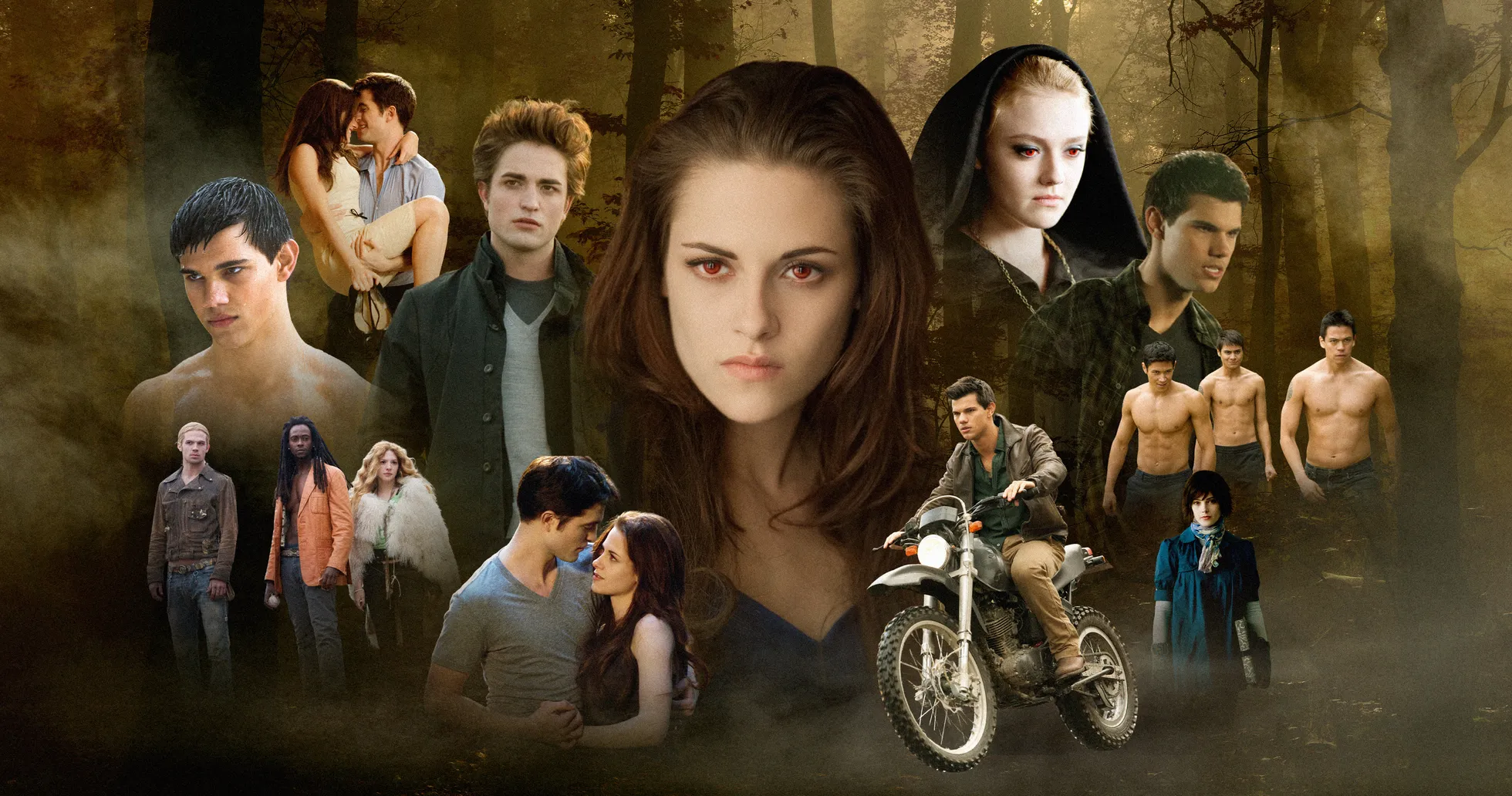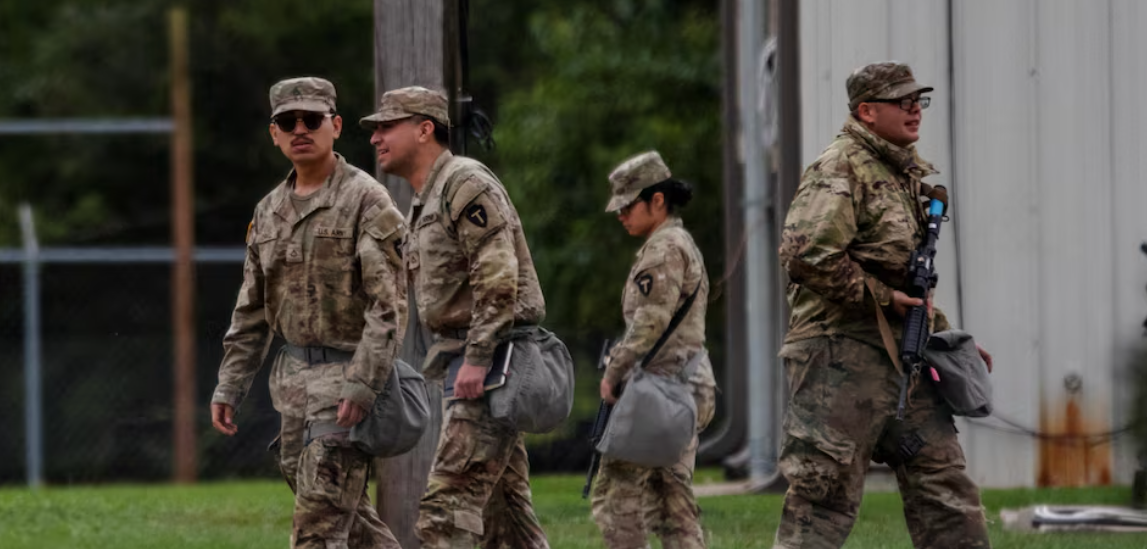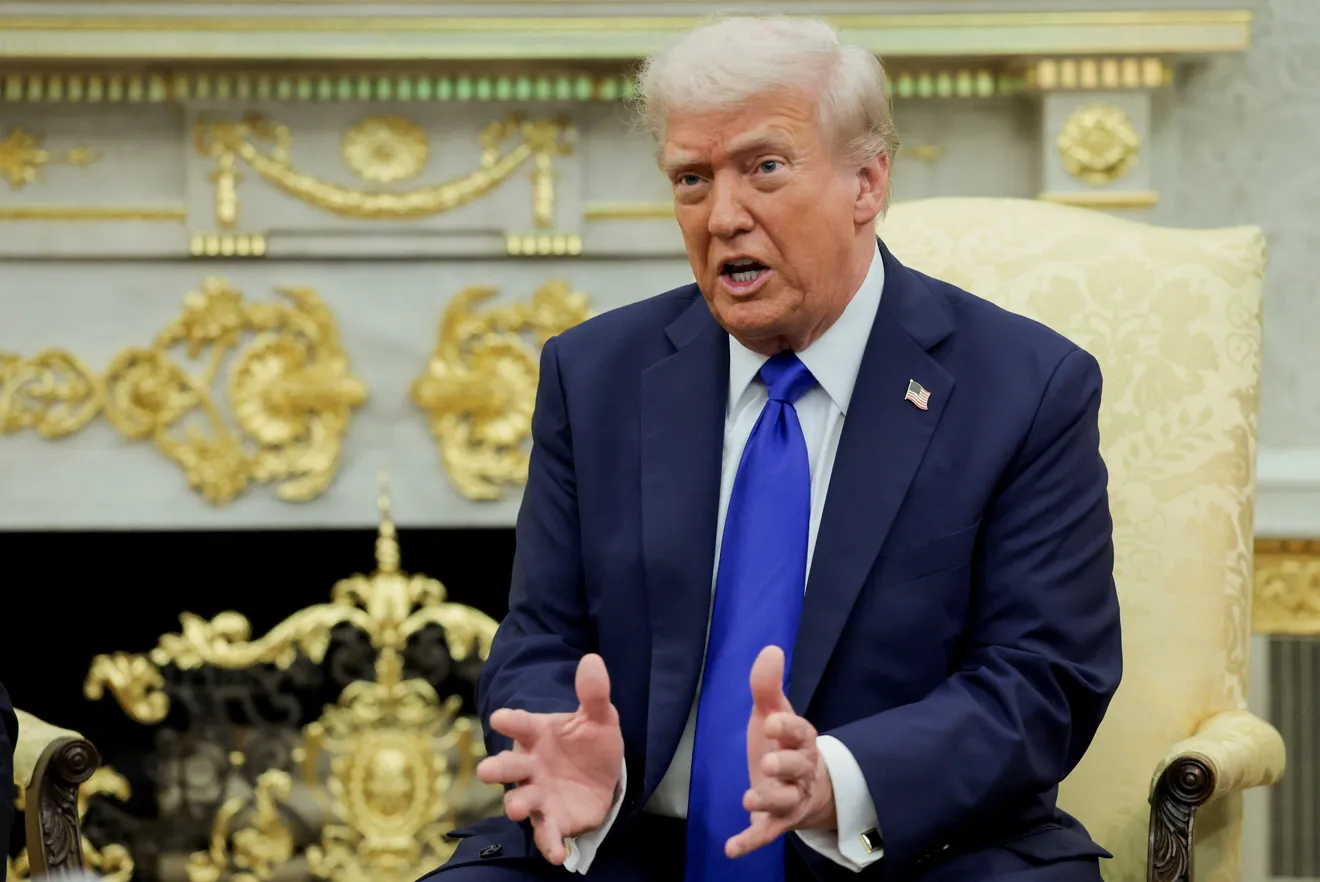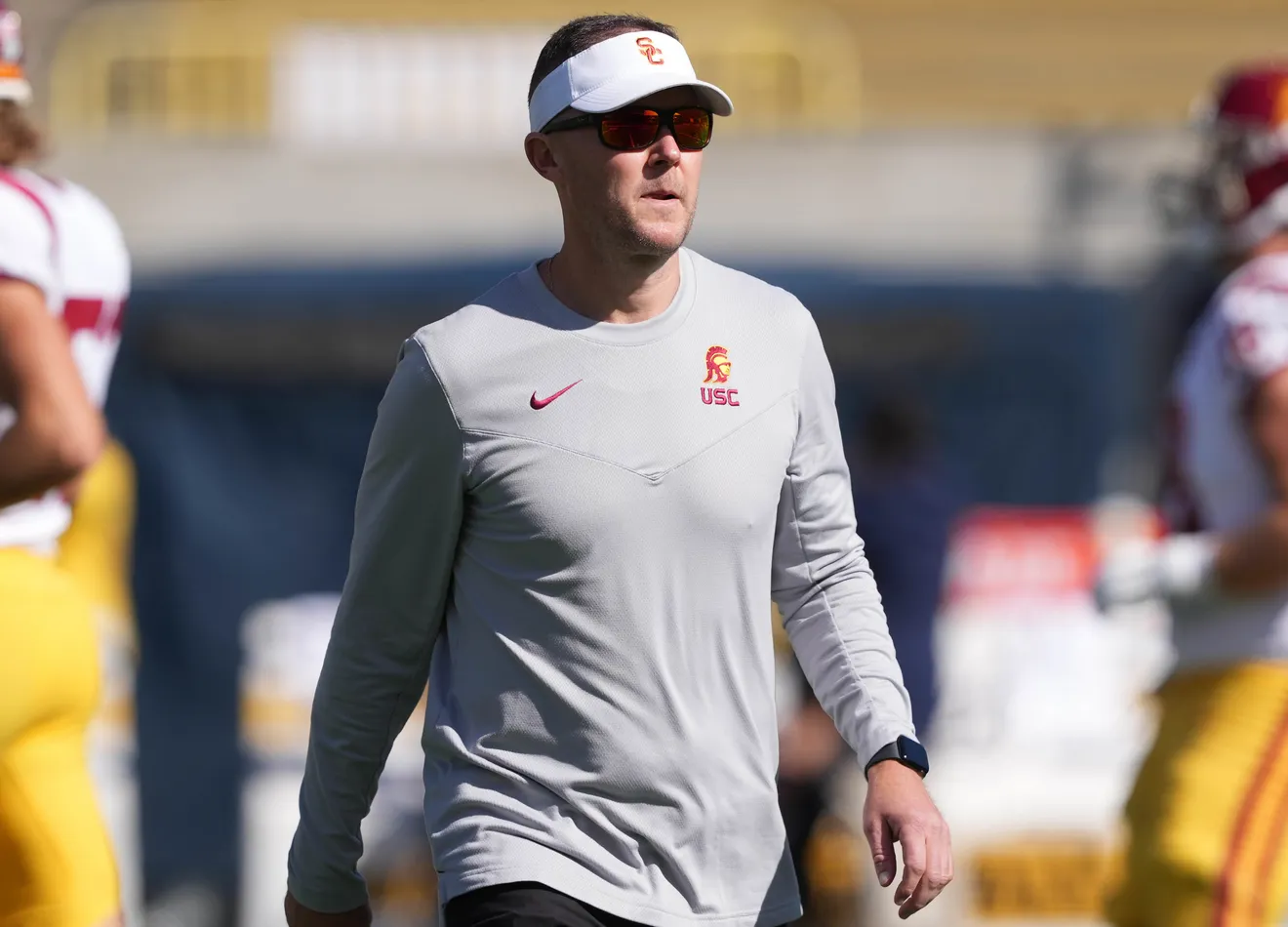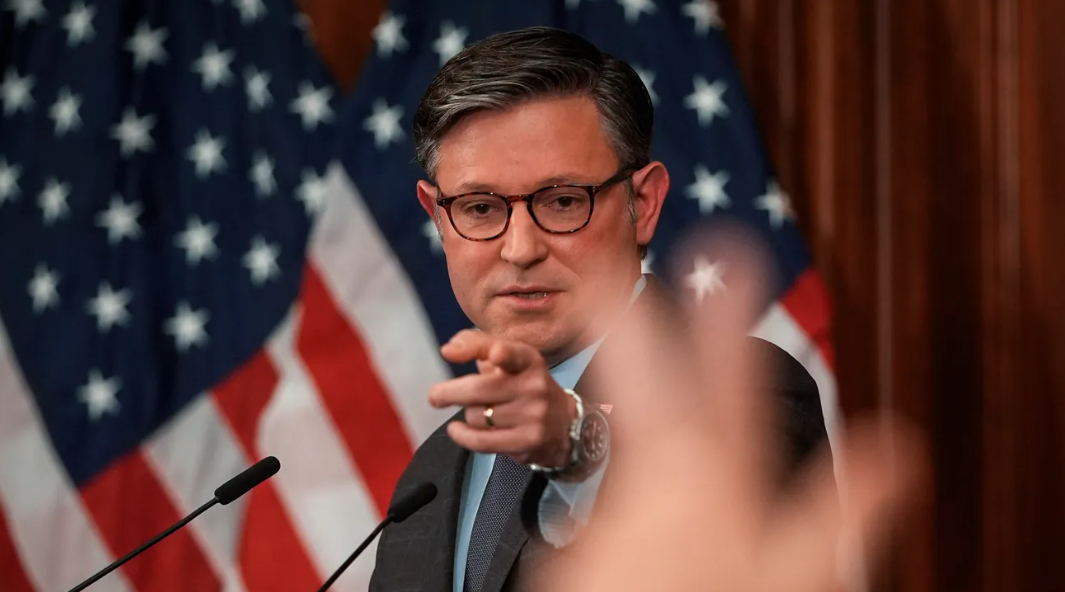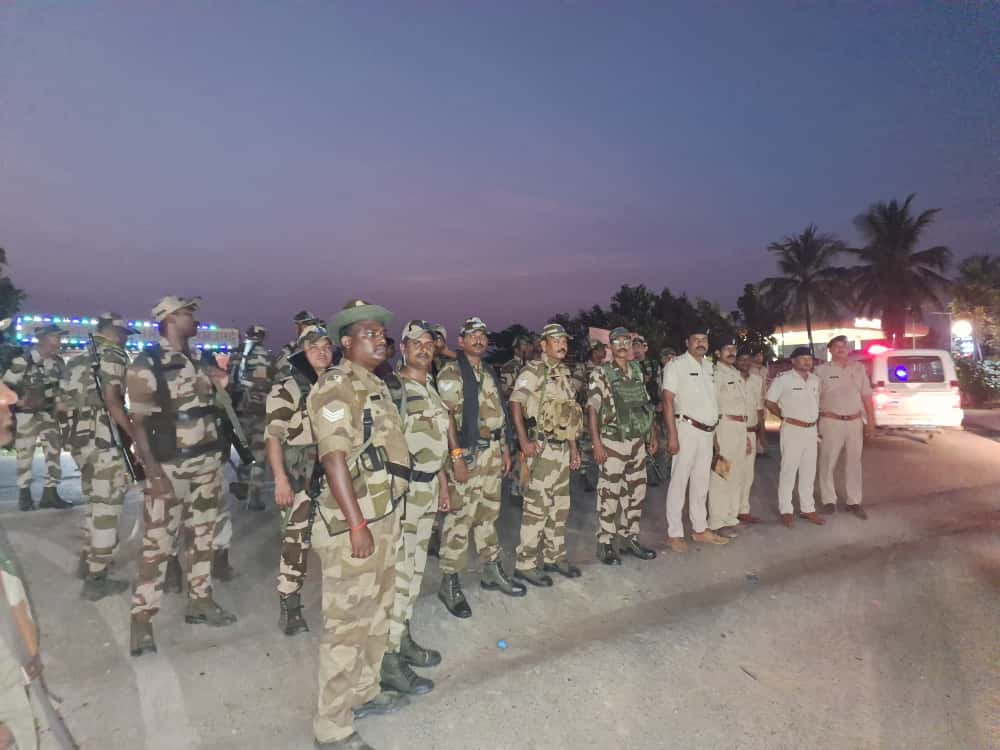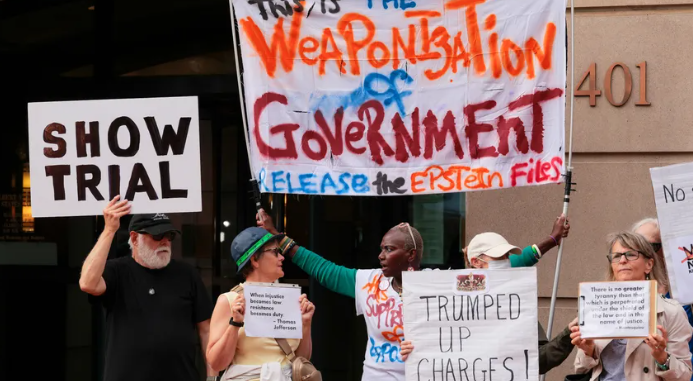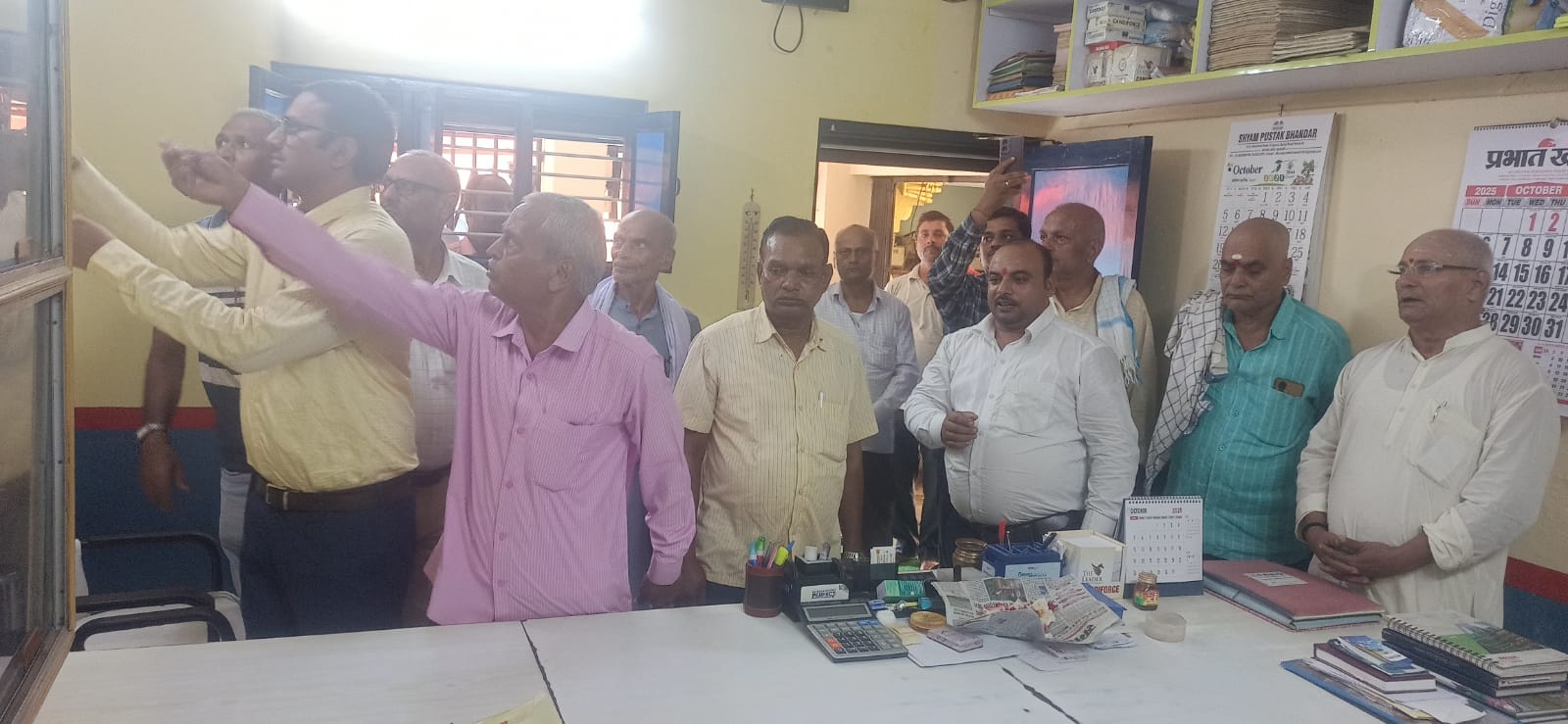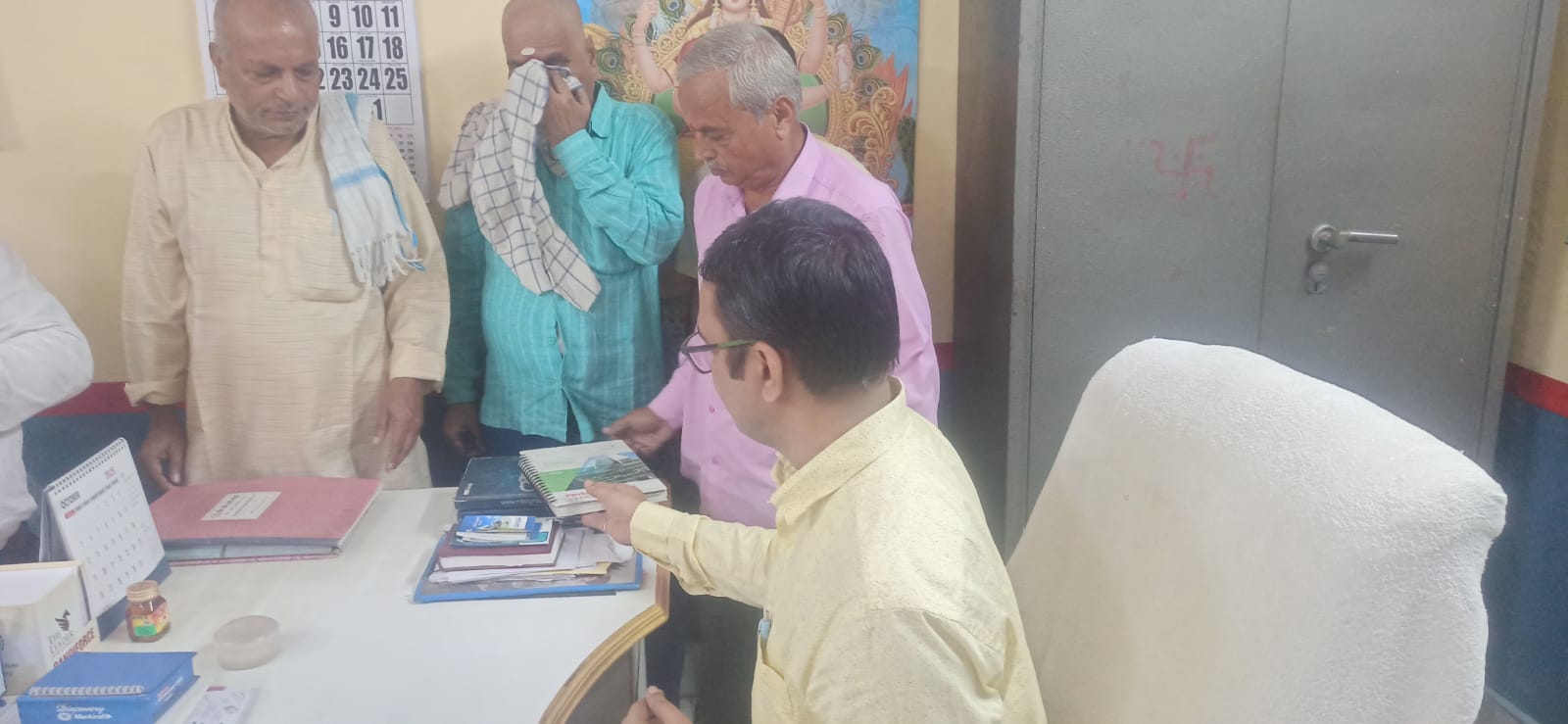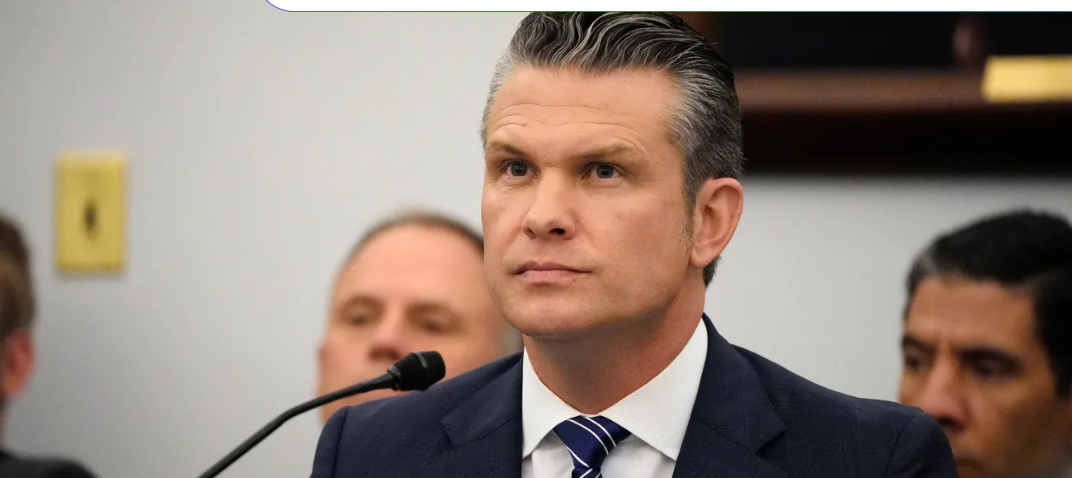After 20 years of “Twilight,” the artists behind the cameras, the musicians who created the film’s sounds and the actors who brought characters to life reveal behind-the-scenes of the pop phenomenon.
On June 2, 2003, a 29-year-old mom woke up from a vivid dream about an “average” girl falling in love with a “beautiful, sparkly” vampire who had to fight his bloodlust to sit near her in a secluded meadow.
This eventually became Chapter 13 of Stephenie Meyer’s “Twilight,” which was published Oct. 5, 2005.
The first-time author unwittingly hit the gas on an international bestselling four-book franchise, which was adapted into films that released in breakneck succession from 2008 to 2012 and raked in $3.4 billion at the box office.
Twenty years after landing on bookshelves, the “Twilight” franchise remains nothing short of a cultural phenomenon.
“If one person had liked this book … that would’ve been more than I expected. Now, 20 years (later), I should be totally forgotten. The books should be totally forgotten,” Meyer told fans gathered at a September Q&A during the annual Forever Twilight in Forks festival in Northwest Washington
Meyer continued, “It’s amazing and also really gratifying because people love Bella and Edward and Jacob like I love them.”
More than a decade removed from the end of the saga, the people who worked on the multibillion-dollar franchise look back warmly, remembering the friends they made and the executives who gave them their break. For most, there’s still a lingering feeling of bewilderment.
USA TODAY spoke with more than 20 cast and crew members − from the director, screenwriter, musicians, and hair and makeup artists behind the cameras − to the actors who brought fan-favorite characters to life. Let’s start in 2003.
How ‘Twilight’ went from jet ski chases to faithful adaptation
In 2003, a then-unknown Meyer sparked a bidding war among publishers over “Twilight,” which resulted in a major $750,000 three-book deal with Little, Brown Children’s Books. In 2004, Paramount Pictures’ MTV Films imprint optioned the rights to the book.
Greg Mooradian (producer): I was reading several (unpublished manuscripts) a day to see if I could find a diamond in the rough. My wife tells me I walked in the house and I said, “I found the next big thing.”
While we were developing (the movie), the book had not been released for another 18 months. The time spent at Paramount developing this was really an unfair challenge to them in a way, because how could they know they were sitting on a gold mine?
I would say it’s a combination of the end of MTV Films, the regime change at Paramount and the timing of the books not having quite hit. And that’s what enabled (the “Twilight” rights) to be shopped (to other studios). It was about to explode.
Catherine Hardwicke (“Twilight” director): I was at the Sundance Film Festival; I saw (Summit Entertainment presidents) Eric Feig and Patrick Wachsberger, and they said they had seen my movie “13” and they really liked it.
So, they sent me, like, five scripts. I put them all in the trash, but then the next day I thought, ‘Wait a minute, that vampire one was kind of cool.’ I read the book, and I wrote all my little notes and everything, and then I (told them), ‘I like the project, but you need to completely change the script.’
The script had Bella on jet skis and being chased by the FBI. She was a star track runner. I go, ‘It should be more like the book. She’s more relatable.’ So, we did throw that script away, and with Melissa, we made one that’s a lot closer to the book.
Melissa Rosenberg (screenwriter): When I came into that first meeting, I was told that it was in (Meyer’s) contract, a list of things that could or could not be done in the script. For instance, when Edward goes outside, his skin glitters. In other words, staying true to the mythology of the book. She was a great source for me of information and input, and she was also very flexible with it.
Kristen Stewart was a natural Bella, but Robert Pattinson was a tougher sell
On Nov. 16, 2007, Meyer announced 17-year-old “Panic Room” actress Kristen Stewart’s casting as Bella Swan. Nearly a month later, 21-year-old “Harry Potter” alumnus Robert Pattinson was cast as Edward Cullen.
Hardwicke: They were doing an early screening of “Into the Wild” (in 2007). I went to see it on the Paramount lot, and I saw Kristen in (the movie). I thought, “Oh my God, she really has that longing and that desire.” They let me go to see her in Pittsburgh, where she was filming “Adventureland,” and Jackson (Rathbone, who played Jasper) went with me. We did a whole chemistry read and ran around the park, chasing pigeons and reading the different scenes.
I really thought, “She is Bella.”
There were so many cute guys who auditioned (for Edward). But they didn’t feel like they’d been alive for 90 years and had that old soul and that angst.
Mooradian: Rob was a long, long search. And he was definitely a dark horse.
Hardwicke: When (Pattinson) came over, he had his hair dyed black for a play, and he wasn’t really dressed (well), just an old, sloppy shirt, and he wasn’t really in the greatest shape. The studio called me and said, “Catherine, do you think you can make this guy look good?” And I’m like, “Yes, look at his cheekbones; look at some of these photos. We’ll (do) a makeover with the hair.”
(Stewart) 100% advocated for him. Kristen totally wanted Rob to do it. He got so much negativity at first. So we immediately did that photo session where we had him in the hair. And we published some photos. And then everything flipped.
How ‘Twilight’ got its iconic blue-and-green tint
“Twilight” began filming in spring 2008, largely shooting around the Portland area, which doubled for Forks, Washington.
Elliot Davis (director of photography): Shooting the film was very smooth. The biggest hiccup would be weather because we had to shoot in cloudy weather all the time.
Hardwicke: I loved being in the woods. (Filming) “How long have you been 17?” That scene was magical. We had a techno crane out in the woods; we tried to give you that almost dizzy feeling of being madly in love with the camera moving around.
Davis: I desaturated the film and gave it a very cool look. I tried, visually, to homogenize everything so that you could look at a normal person and they could be a vampire; you wouldn’t know.
Then I reduced the look to simple colors: black, a cool white, a cool green. I used certain colors just for shock value. Like the red pickup truck. That was significant because that was given by a Native American (man, who) represented the wolves. They were enemies to the vampires.
Origin of Edward’s ‘spider monkey’ line
When Bella visits the Cullens’ home, Edward utters a now-famous phrase, “You better hold on tight, spider monkey.” He then serenades her with a lullaby inspired by his feelings for her.
Hardwicke: The night before (filming), I was thinking, “Wow, we don’t have any dialogue in this scene.” So I wrote, like, 10 lines. And I said, “Rob, if you want to say any of these, go for it.”
Rosenberg: Spider monkey was (Hardwicke’s)! I was like, “All right, something has got changed, and that was not my line.”
Carter Burwell (composer): I was going back over old pieces, and I found this piece that I had actually written in a situation where this woman I loved had broken up with me.
Rob’s a musician, and he was nice enough to learn how to play it. I didn’t really have anything to say; he was playing it exactly as I had written it. I’m so happy they were willing to pay to do an additional day of shooting so that you could see his fingers actually playing the piece. Because in most films, let’s face it, they would just cheat that.
How ‘Eyes on Fire’ became the ‘hoa hoa’ song synonymous with ‘Twilight’
Alexandra Patsavas (music supervisor): Stephenie Meyer had such a well-defined music identity for “Twilight.” I spent about five summers trying to make sure that the very best music was telling the story.
Tobias Wilner, Blue Foundation (“Eyes on Fire” songwriter): I think it was the director who liked the song and just heard the album (2007’s “Life of a Ghost”). We were living in Copenhagen around 2000, and it was long nights and making music from your heart.
Bo Rande, Blue Foundation: What I think the song has in common with the film is this vulnerability and strength. We’re always trying to find this place in us and in the music where it hurts and where you can feel this tension, this hurting inside – like a hole.
Finding Jacob’s wolf pack for ‘New Moon’
The day after “Twilight” released, on Nov. 22, 2008, Summit Entertainment announced “New Moon” would be forthcoming. Chris Weitz was later revealed as the director.
Kiowa Gordon (werewolf Embry Call): I was going to church (in Cave Creek, Arizona) and Stephenie Meyer was my Sunday school teacher, so she told me about an open casting call. They had one in Phoenix. My mom got me an acting coach a couple hours beforehand.
The wolf pack, we were all there to support each other and we all connected right off the bat. We did a whole wolf training camp because they wanted us to get kind of shredded. We only had, like, two weeks before filming; I put on maybe 10 to 12 pounds of muscle. I put the wig on; it’s super luxurious, wavy. It looked better than Jacob’s wig, that’s for sure.
Lykke Li’s ‘Possibility’ was born out of being ‘well versed in depression’
In “New Moon,” Bella’s love for Edward is put to the test when he and his family unexpectedly leave Forks. A time lapse montage of a distraught Bella, set to “Possibility,” paints her downward spiral.
Lykke Li (“Possibility” singer/songwriter): I got it immediately. For me, it seemed like when you’re so in love, it’s really an obsession. I wrote it in one go. I guess I was well versed in depression. I was a complete love addict at the time, too. It’s like a druggy state of mind to be in.
Patsavas: I love the Lykke Li moment, haunting and gorgeous.
Kristen Stewart’s eyebrows were hand-applied in ‘Eclipse’ after Joan Jett role
Robin Mathews (Stewart’s makeup artist): Going from “New Moon” directly into ‘The Runaways,’ where she played Joan Jett, she absolutely wanted to cut her hair. Producers for “Eclipse” offered a very large amount of money not to cut her hair. They wound up having to put a wig on her.
We waxed almost all of Kristen’s eyebrows off. We wrapped (“The Runaways”) and went immediately back up to Vancouver the next week to start shooting “Eclipse.” I put her on Latisse, put it on twice a day every day, and sure enough, 30 days later, her eyebrows were back. But up until then, I had to hand lay individual eyebrows on her one by one every morning. I got it down to 20 minutes.
Latisse is a prescription product typically used to stimulate eyelash growth.
Bonnie Clevering (Stewart’s hairstylist): She had told the (“Eclipse”) producers she was going to cut and dye her hair (for “The Runaways”) because she wanted that movement. They made a wig for her, and they were just having problems. I went up (weeks into production) and had another wig made, and that’s how I got on board.
Paparazzi was ‘pretty extreme’ for ‘Twilight’ actors
The third “Twilight” film, “Eclipse,” started filming in August 2009 with director David Slade.
Christopher Heyerdahl (vampire Marcus): We had a cast dinner before shooting, and it was nuts. The amount of attention we all had – mostly the triumvirate were getting the most attention – that was intense.
I remember receiving a (handwritten) letter from Chris (Weitz) that primarily said we can’t really worry about expectations. I think he was trying to say what happens on the outside, the pressures of producers wanting a success, fans wanting it to be how each person imagined it … we can’t please everybody. All we can do is touch on the essence of what was written by Stephenie in the novels.
Alex Rice (Quileute Tribe member Sue Clearwater): I remember the airport in Montreal and getting on the plane (to film in Vancouver). Walking to the gate, all of the shops that were selling things to read had one or more of the “Twilight” books. I got off the plane, and people (were) waiting at the baggage (claim) with long lenses to take pictures of me.
Cameron Bright (Volturi vampire Alec): When we would show up to a physical location that wasn’t a studio, every entrance would be blocked off by 20-foot things. It was almost like presidential service once we were going to set.
Jodelle Ferland (vampire Bree Tanner): I remember hearing stories of photographers climbing trees to try to get photos.
Tish Monaghan (costume designer): We were doing camera tests, and I remember distinctly having a (concealing) cape on Rosalie (Nikki Reed). (Assistant directors) walked her from her trailer into the studio. Within 15 minutes, there was a photograph of her online from above. I’ve worked with a lot of big-name actors, and it was nothing I had ever encountered before.
I still have the letter, and it’s something I appreciated very much.
Inside the top-secret wedding scene in ‘Breaking Dawn’
The final two films, “Breaking Dawn” parts one and two, filmed with Oscar-winning director Bill Condon at the helm beginning in November 2010. The first installment released in theaters in November 2011, and the finale dropped a year later.
Mia Maestro (vampire Carmen): We filmed the wedding scene (over) maybe two or three days. I remember there was this big secret about Bella’s dress.
Christian Camargo (vampire Eleazar): I’ve never been on a set with more security. Not too far back, I had performed at the Globe Theatre. The Queen of England was coming to the theater, so they did this massive security sweep. I was like: “This feels like the queen is coming.”
One of my contacts got torn and we didn’t have time because there was a helicopter swirling; they were trying to get this shot off. They had to go in and digitally retouch my eyeball in every single frame.
Cristina Patterson (contact lens designer): I do remember scrambling to try and get something made for somebody.
No, ‘A Thousand Years’ was not the ‘Twilight’ wedding song
Christina Perri (“A Thousand Years” singer): I was so dead that they wanted me to watch the film with all of the people that they wanted to write music for the films. And they wanted me to write a song for the wedding. I was in the audience crying.
I will tell you, all these years later, it’s almost like the Mandela effect. People think it was the wedding song. I feel bad because Ryan O’Neal, who wrote (procession song) “Turning Page,” is my friend. People stop me on the street every day, and they’re like, “Oh my God, I love your song from the ‘Twilight’ wedding.”
Patsavas: What a gorgeous track. What a beautiful all-time track. I cannot tell you how many times I’ve been at a hotel, and brides have marched down the aisle to that one.
‘Breaking Dawn’ movies were ‘a contact lens nightmare’
Bright: The contacts were interesting because they gave everyone tunnel vision. The only time I remember absolutely hating those … was when we were doing the final fight scene, and that was because the fake snow that they used is really just mulched up paper, and that stuff was everywhere. They would put the contacts on, and it was like you had needles in your eyes.
Camargo: Half of my memory is about just how fun the environment was and the people, and the other half is this tunnel vision of watching these blurs. (I thought) ‘We’ve got a fight, and I can’t see a thing right now.’
Patterson: For every film, there was a new director, and every single one of them had a different take for what the eyes should be. For ‘Twilight’ it was easy because it was just the main cast. … The last (film), that was just a contact lens nightmare. I’ve seen it before with fake snow. We had problems on ‘The Grinch’ because of it. I warned the production about it. But it could’ve been worse.
The ‘Breaking Dawn’ credits were an ‘out-of-body’ experience
“Breaking Dawn – Part 2” ends with a black-and-white montage of almost every character who performed in the franchise.
Camargo: It was so sweet to see how Bill Condon finished the movie. That shows you his personality, just how much he honored the players, performers and characters, and thereby appreciating the audience, the fans, allowing them to say goodbye.
Gordon: It looks like an obituary. (Laughs)
Rice: When I see my picture at the end, in the credits in the last film, I almost cry when I see “Sue Clearwater, Alex Rice.” It’s always going to be with me. It’s always going to be a feather in my cap.
Perri: They asked me, “We want your song to be the swan song of the last movie as a thank you to the fans. Can you make another version?” When it went into that outro, they’re sitting in a field, they’re having their last moment, and I’m hearing me sing over it. I just had such an out-of-body experience.
Gordon: It was just something that you had to be there for, and you can’t really know what it was like unless you lived it.
These interviews have been edited for length and clarity.

